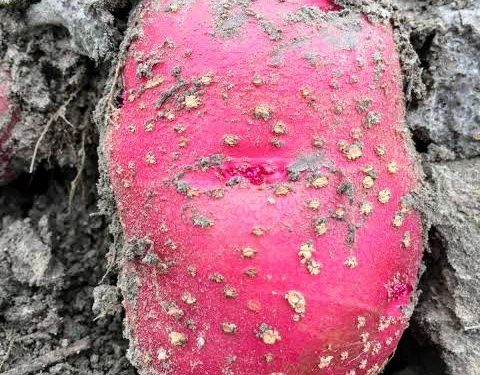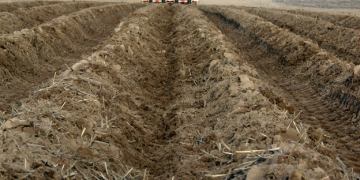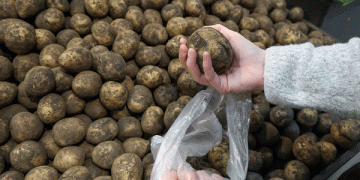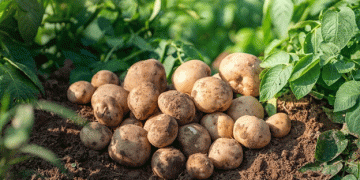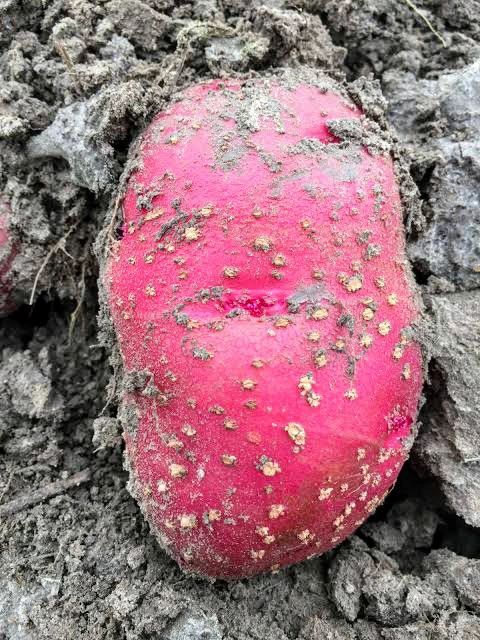
In the realm of potato cultivation, understanding the intricacies of physiological disorders is paramount to ensuring crop health and quality. One such disorder, swollen or enlarged lenticels, often raises concerns among growers due to its potential impact on tuber appearance and susceptibility to pathogenic organisms.
Lenticels, akin to stomata in leaves, serve as pores in the skin of potato tubers, facilitating gas exchange crucial for respiration and photosynthesis. However, when exposed to excessively wet conditions, these lenticels can undergo swelling, leading to the formation of corky masses around the pores. This not only mars the appearance of the tubers but also creates entry points for pathogens such as bacterial soft rot and pink rot.
The development of swollen lenticels is intricately linked to environmental factors, particularly prolonged exposure to wet conditions in the field or during storage. Excessive rainfall or over-irrigation can induce anaerobic conditions, rendering potatoes vulnerable to various disorders, including swollen lenticels and blackheart. The presence of water films covering the tubers exacerbates the situation, providing an ideal environment for bacterial proliferation.

While all potato varieties are susceptible to swollen lenticels, growers can mitigate the risk through prudent cultural practices. Avoiding over-irrigation, ensuring proper field drainage, and maintaining well-ventilated storage facilities are crucial steps in preventing the onset of this disorder.
As the potato industry continues to evolve, knowledge of disorders like swollen lenticels empowers growers to implement effective strategies for crop management and quality assurance. By understanding the causative factors and adopting proactive measures, growers can safeguard their crops against potential threats, ensuring a bountiful harvest and market-ready produce.
The article sheds light on the phenomenon of swollen lenticels in potato cultivation, exploring its causes, implications, and preventive measures. By delving into the intricacies of this common disorder, growers can better equip themselves to safeguard their crops and optimize production practices.

